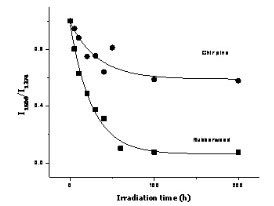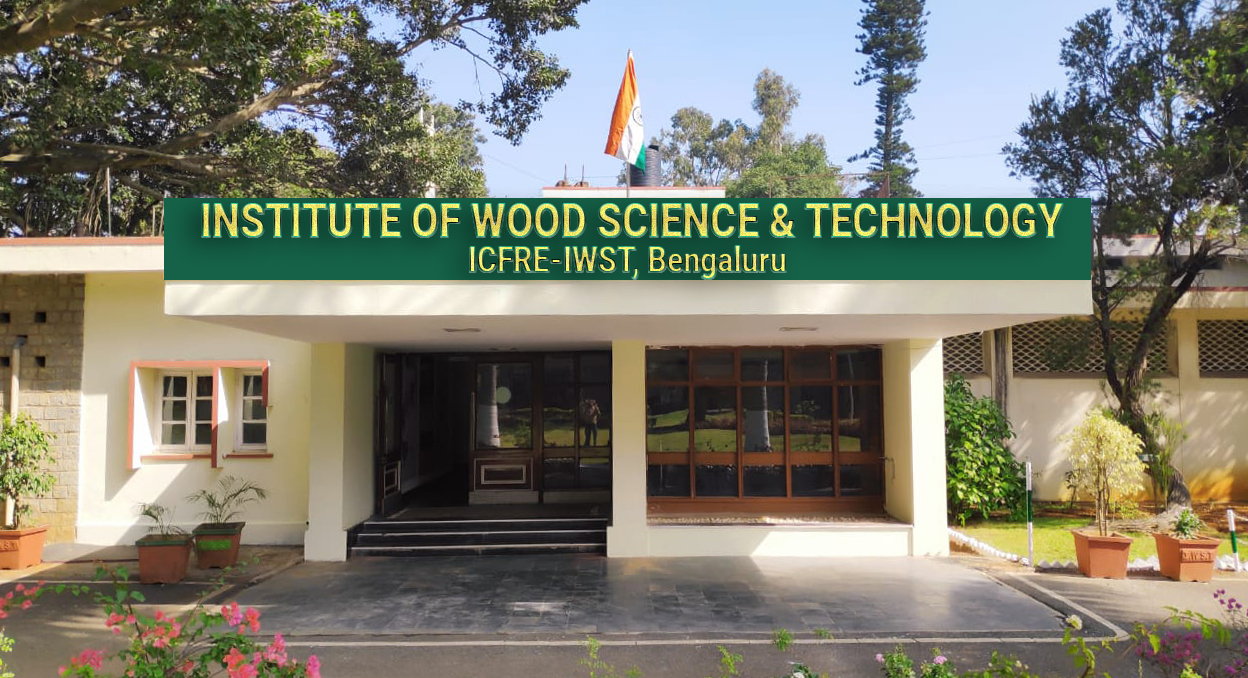Growth Stresses

Studies on Growth Stresses in Plantation Grown Timber:
Growth stresses are considered to be one of the major problems in utilization of plantation species as they cause deformations during processing. They generally causes defects in trees/logs while processing like heart checks, end splitting, warping occurs which limits the utilization of plantation grown timber (Figure 1). To overcome these defects, it is essential to have prior and accurate information on the intensity of growth stresses in trees. Institute has developed an instrument called strain indicator which can measure growth strain non-destructively (Figure 2). The technique is based on strain gauge and modified version of earlier techniques.
Following work has been carried out:
1. Assessment of variation in growth strains:
A large variation in longitudinal growth strains was observed within and between trees in both the species with respect to height and age. Strains tend to increase with the tree height upto 3 meter. In case of E. tereticornis, the average growth strain in 10 yr-old trees was 1066 με while 20 yr-old trees exhibited only 425 με. Average strain in 8- and 20 yr old trees of A. auriculaeformis was 1206 με and 285 με respectively.
Study on five clones of E. tereticornis indicated a large variation in growth strain (160 με to 1290 με). The study identified two low strain clones for solid timber production.
2. Studies on alleviation of growth stresses:
Growth stresses were found to reduce on steaming the logs for 10 hour by 53% in E. tereticornis and 57% in A. auriculaeformis respectively. Storage of logs for one year reduced strain by 48%.
The results of these investigations are expected to provide accurate and precise information on the level of growth stresses which will be helpful in the processing industry to identify trees or logs of high risk of growth stress problems. Living trees may be sampled and low stressed trees may be selected for further propagation trial to improve the forest resource quality. The variation in wood properties, both within trees and between trees of Eucalyptus tereticornis, could be of immense importance in its utilization as a timber. The medium/long term benefit of the project is improved quality of eucalyptus plantations, more efficient utilization of the existing plantation eucalyptus and improved economic returns from fast growing euclyptus. Also use of eucalyptus for sawn timber offers growers an alternative high quality option for marketing timber products. This may increase the rate of reforestation which will be having environmental benefit.
3. Variation of growth strains in different clone of Eucalyptus:
Growth Strain was measured in trees and logs of Eucalyptus tereticornis clones from Bangalore and Coimbatore region (Figure 3). A total of 25 clones were selected for the evaluation of strain in both the places. It was observed that clones established by IFGTB Coimbatore had more stresses as compared to clones established by IWST, Bangalore. This indicates that clones of Bangalore region had more potential for further propagation as far as timber utilization is concerned. Among all the clones, clone number C-3 of Bangalore and clone number 53 of Coimbatore have minimum strains and therefore should be considered for further propagation.
Future work:
Effect of growth stresses on processing of timber.
Based on growth stress intensity developing sawing pattern
Genetic heritability of growth stress.
Fundamental knowledge of genetic influence on growth stresses for developing a strategy
For propagation of low stresses clones for timber utilization.
Generation mechanism of growth stresses in plantation in nursery stage.



